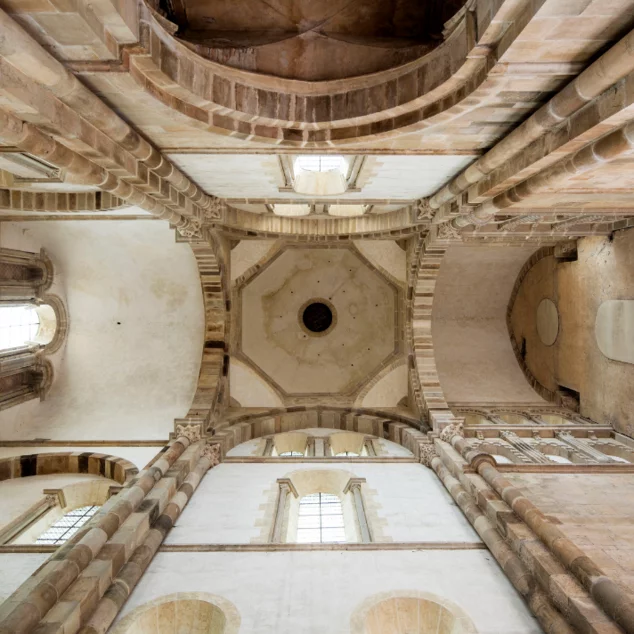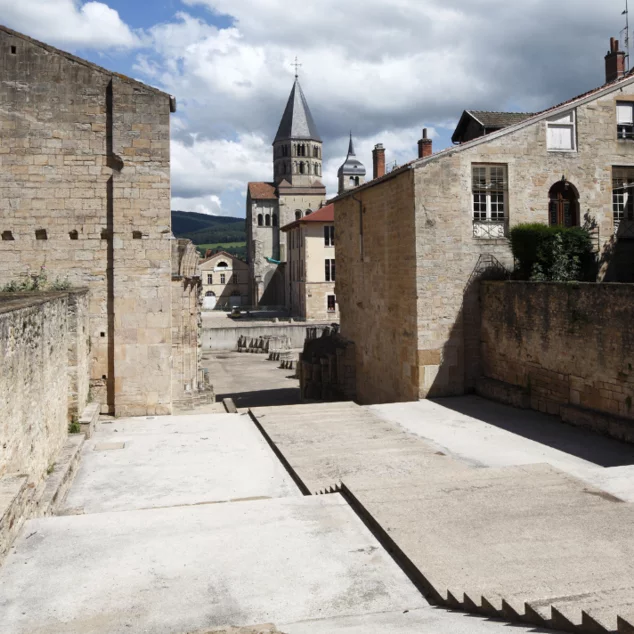Discover
History, architecture, famous people and anecdotes... Find out all you need to know about Abbey of Cluny!
10 Results
-
-
The Cluny Museum of Art and Archaeology
FILE | 4 contents
-
Virtual reconstruction of the abbey church of the former Cluny Abbey, known as "Cluny III"
Art & Architecture
video | 15 min
-
-
-
-
-
-
-
Further information
FILE | 2 contents








